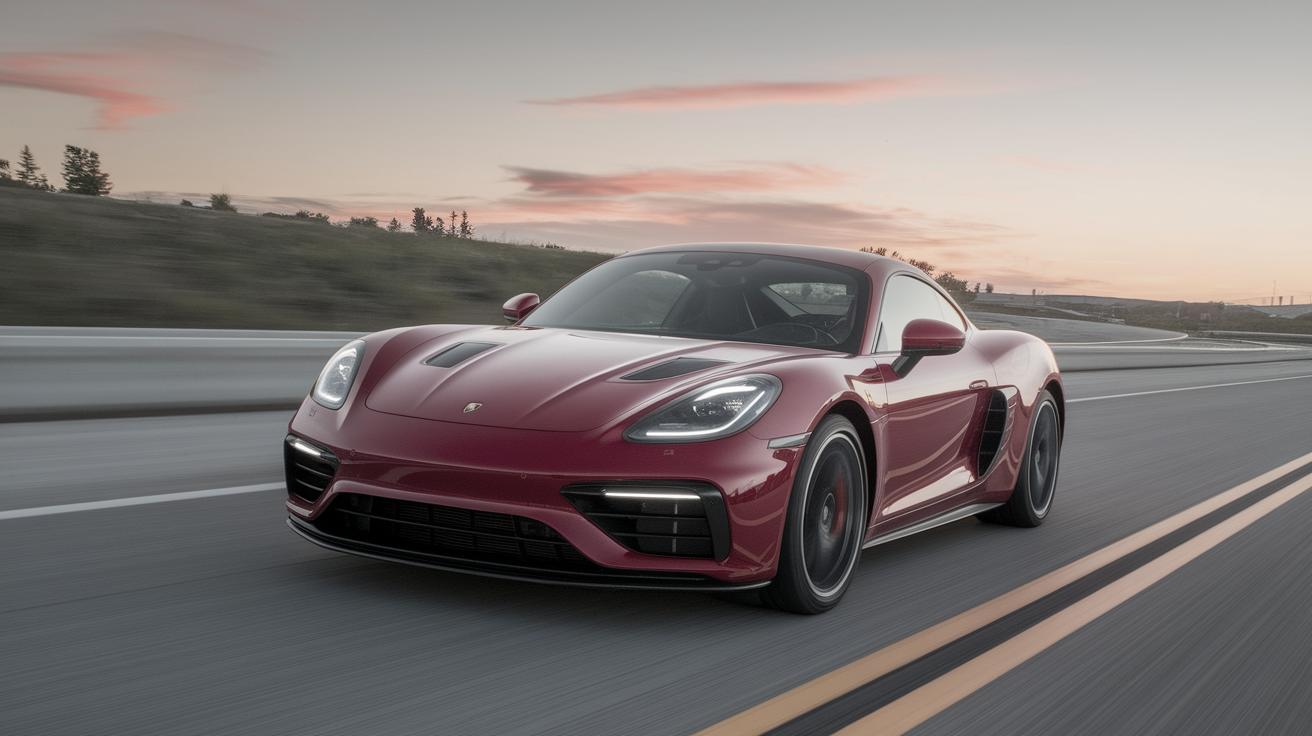<br />
How to Choose the Right Car Model for Your Needs<br />
How to Choose the Right Car Model for Your Needs
Choosing the right car model is an integral decision that impacts your daily life, lifestyle, and finances. This guide delves into the essentials of car selection, considering the necessity of owning a car, how to set a budget, and understanding different types of vehicles based on their features. We will analyze key elements such as capacity, fuel efficiency, safety, and technology. Additionally, the article will discuss the significance of customization, the vital step of test driving, and conclude with a comprehensive summary to aid your decision-making process. Whether you are a first-time car buyer or looking to upgrade, this article will provide you with the insights needed to make the most informed choice.
Why Owning a Car is a Necessity
In today’s fast-paced world, owning a car often translates to a high degree of convenience and independence. Public transportation, while useful, may not always align with your schedule or destination. A personal vehicle offers flexibility, enabling you to commute on your terms. Whether it’s a daily journey to work, impromptu weekend getaways, or emergency situations, having a car at your disposal ensures you are not constrained by time or route limitations.
Moreover, owning a car can be a financial investment that, depending on the model and usage, can uphold a good portion of its value over time. For those living in suburban or rural areas where public transit options are limited, having a reliable mode of transport is not just about convenience—it becomes a necessity.
Setting a Budget
Before embarking on the journey to find your ideal car, it’s crucial to set a budget that accommodates your financial standing. This budget should encompass not just the purchase price or monthly payments, but also ancillary costs such as insurance, maintenance, fuel, and potential repairs. Having a clear financial plan ensures you are prepared for the upfront and ongoing expenses associated with car ownership.
It’s advisable to assess your income flow and expenditure to determine a realistic budget. Many experts suggest that your car-related expenses should not exceed 15% of your monthly income. Additionally, consider whether buying new, certified pre-owned, or used vehicles fits your financial strategy, each having distinct pros and cons based on depreciation and initial cost.
Choosing the Right Type of Car
Capacity and Space
Understanding your spatial needs is paramount when selecting the right car model. For families or those requiring extra cargo space, considering SUVs or minivans might be appropriate. These vehicles often provide the necessary room for passengers and luggage without compromising on comfort. Conversely, if your commute involves navigating through crowded city streets, a compact or subcompact car might be more suitable due to its maneuverability and ease of parking.
Evaluate the typical occupancy and purpose of your car usage—whether you frequently transport several passengers or need substantial trunk space for gear or groceries. This assessment will significantly narrow down your choices and help you focus on vehicles that truly meet your capacity needs.
Fuel Efficiency
Fuel efficiency is a critical consideration given the ongoing fluctuations in fuel prices and environmental concerns. Electric vehicles (EVs), hybrids, and fuel-efficient conventional cars offer diverse options to minimize fuel expenses and reduce your carbon footprint. If you commute long distances frequently, a car with high miles-per-gallon (MPG) can result in substantial savings over time.
Consider examining the EPA fuel economy ratings of potential models and factor in the availability of charging infrastructure if you’re considering an electric or hybrid car. Efficient cars are not only cost-effective but also contribute to environmental sustainability by reducing emissions.
Safety Features
In an era where technology significantly enhances vehicle safety, modern cars are equipped with features designed to protect drivers and passengers. Key safety systems include advanced airbags, anti-lock braking systems, electronic stability control, and more. Additionally, modern safety tech such as lane-keeping assist, blind spot monitoring, and automated emergency braking can prevent accidents before they occur.
Research and compare the safety ratings and features of models within your interest. Vehicles with higher safety ratings can provide peace of mind and may lead to reduced insurance premiums, further enhancing their value proposition.
Technology and Convenience
The rise of technology in the automotive sector has revolutionized driver experience, offering entertainment, navigation, and connectivity tools that enhance convenience. Features such as GPS navigation, Bluetooth connectivity, smartphone integration through Apple CarPlay or Android Auto, and driver-assist systems have become staples in many modern vehicles.
Identify which tech features are essential for your daily routines and ensure prospective models meet these requirements. A balance between cutting-edge technology and ease of use will ensure the driving experience is as enjoyable as it is tech-savvy.
Customization and Additional Features
Customization options can sway your decision if you have specific preferences regarding aesthetics or performance. From aesthetic upgrades like paint colors and interior trims to performance adjustments like suspension tuning—a myriad of options exists to tailor a car according to your desires.
Consider factory-installed packages that bundle popular features or aftermarket solutions that offer unique personalization potential. However, assess the impact of these customizations on warranty, resale value, and overall vehicle performance to ensure that modifications align with your long-term ownership goals.
Test Driving Before Purchase
Before finalizing a purchase, one of the most essential steps is taking the vehicle for a test drive. This hands-on experience allows you to gauge the car’s handling, comfort level, noise perception, and technological interface firsthand, which mere specifications online cannot fully convey.
A comprehensive test drive involves driving the car in varied conditions—highway, urban traffic, and parking—to ensure it meets your expectations in real-world scenarios. Pay close attention to comfort, ease of use, and any areas where the vehicle may fall short of your requirements.
Final Thoughts
Choosing the right car is a personalized decision integrating practical needs, financial capabilities, and personal preferences. Balancing all elements—from spatial to safety, and technological needs—ensures your chosen vehicle aligns with your lifestyle and future predictions.
The path to selecting your ideal car model involves informed decision-making and an acknowledgment of long-term implications. A careful approach will help secure a car that delivers satisfaction and utility for years to come.
Summary of Main Points
|
Aspect
|
Consideration
|
|
Necessity
|
Convenience, flexibility, and independence.
|
|
Budget
|
Comprehensive cost planning, income expenditure limits.
|
|
Type & Capacity
|
Space needs, maneuverability in urban areas.
|
|
Fuel Efficiency
|
Cost-effectiveness, environmental impact.
|
|
Safety Features
|
Protective technology, insurance benefits.
|
|
Technology
|
Entertainment, connectivity, driving aids.
|
|
Customization
|
Aesthetic and performance tailoring options.
|
|
Test Drive
|
Practical evaluation of comfort and handling.
|

